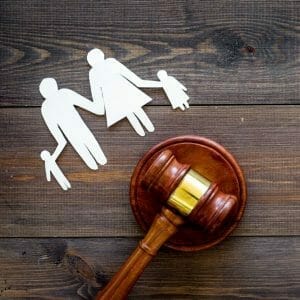While divorce is a widespread practice nowadays, there are still precautions you should take before going through with it. Though you might think it’s unnecessary, planning a divorce can aid in lessening stress and the emotional backlash that comes along with it.

Consult a Family Law Attorney when Planning a Divorce
Legal advice is a precious and useful resource that you should utilize planning a divorce. This is even at the beginning of the divorce process. Also, if you aren’t entirely sure you want a divorce, an experienced attorney can help with reviewing your situation and provide you with any information that may be worth considering. Furthermore, an attorney can alert you to issues that you may have not otherwise considered prior, such as healthcare coverage or educational expenses. Since each divorce is different, getting tailored advice from a divorce lawyer is extremely beneficial.
Prepare Your Paperwork
The process of divorce requires a great deal of paperwork and legal documentation. Before the divorce, to minimize stress, gathering paperwork such as copies of all bank accounts, properties, and other assets will end up reducing the work you have to do in the long run.
Start Saving
While this is often failed to consider, divorce can sometimes be financially draining. By beginning to save money already, you will put yourself in a good financial standing so that you can handle whatever unexpected twists and turns that your divorce takes you in. Furthermore, considering the new expenses you might have following your divorce as well as rent, medical coverage and even divorce attorney fees is important, as well.
Prepare Your Children
If you are also impacting children in addition to yourself during a divorce, this adds an extra consideration before your divorce. Preparing your children for what is to come will help them with the transition and understand what is going on. Make sure you pay extra attention to their schoolwork, encourage extracurricular activities and ensure a stable support system so that you are not putting your children’s mental stability at risk during your divorce.
Contact an Experienced Manhattan Divorce Attorney Today
Divorce is never an easy decision. This decision, however, doesn’t mean you can’t do it amicably. While filing for divorce can be a difficult decision, choosing the right attorney doesn’t have to be. Brian D. Perskin & Associates P.C. is one of the most trusted names in New York when it comes to divorce. Brian and his experienced team are aggressive, intelligent and strategic. They work diligently with clients and customize representation strategies to fit individual needs. So if you’re looking for a divorce attorney who will fight for you, call Brian D. Perskin & Associates P.C. today at 1 (718)-875-7584 for your free consultation, and learn why we’re New York’s premier divorce law firm.